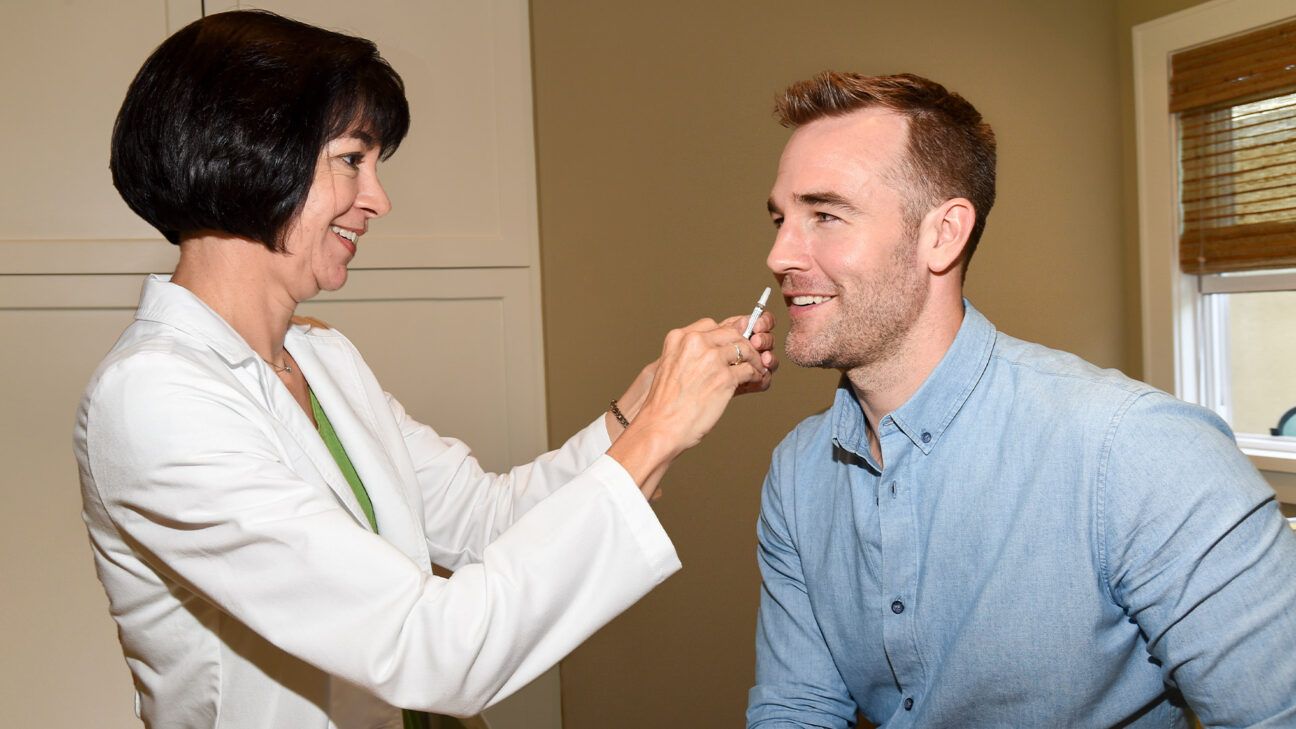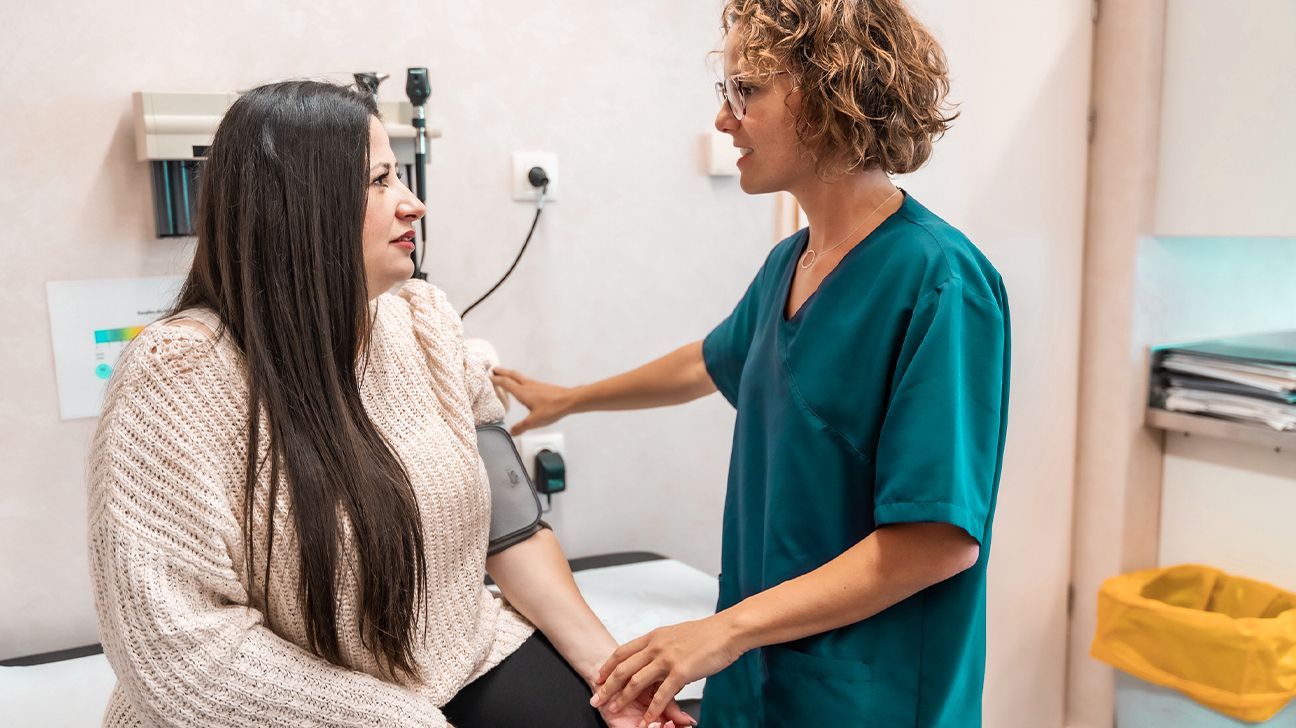Psilocybin More Effective In Treating Depression Than SSRIs, Study Finds

- A new study compares psilocybin — the active compound in magic mushrooms, with a common antidepressant medication.
- During 6 months of follow up, both drugs effectively improved depressive symptoms.
- Psilocybin, however, seemed to provide additional benefits, including improved psychological connectedness and social functioning.
- This is a small study, and scientists still need to conduct more research to understand the longterm effects of psilocybin.
Psilocybin is the active ingredient in magic mushrooms. In recent decades, the psychedelic compound has become a growing area of research for its potential mental health benefits.
A new study, published on September 21 in eClinicalMedicine compares the antidepressant effects of psilocybin with escitalopram, a common selective serotonin reuptake inhibitor (SSRI) used to treat depression.
The research is a 6-month follow-up to a previous study published in 2021. In that study, researchers found that two doses of psilocybin plus psychological support had a similar antidepressant effect as escitalopram taken daily for 6 weeks.
At the 6-month mark, the researchers noted that psilocybin had other psychological benefits compared with escitalopram. Namely, those in the psilocybin group were more likely to:
- function well at work and in society
- feel more psychologically connected
- find more meaning in life
This research is among the first to directly compare psilocybin on depression symptoms to standard treatment.
Still, despite being the largest of its kind to date, the study had only 59 participants. The authors explain their results should be “interpreted with caution,” and call for more research.
How does psilocybin for depression compare to SSRIs?
SSRIs are a common class of antidepressants and can be very effective, especially in combination with talk therapies.
However, SSRIs may not work for everyone. Importantly, people often need to take these drugs daily for many years to ensure they do not experience a relapse.
David Merrill, MD, a board-certified geriatric psychiatrist at Providence Saint John’s Health Center in Santa Monica, CA, not involved in the new research, told Healthline that “escitalopram is one of the most widely prescribed drugs for depression currently available.”
Even so, SSRIs are associated with side effects, such as “sexual dysfunction, weight gain, fatigue, and emotional blunting,” the authors of the new study noted.
For these reasons, scientists must identify new approaches to treating depression. Some hope that psilocybin might help fill this gap.
Several small studies conclude that it may have a powerful antidepressant effect.
For instance, a preliminary 2016 study found that a high dose of psilocybin alongside psychological support improved symptoms of depression for 3 months and also reduced feelings of anxiety and anhedonia.
Similarly, a 2023 study concluded that psilocybin had a “sustained” antidepressant effect, compared with a placebo.
Importantly, these studies identified few serious side effects, and rather than a daily dose, the treatment appears to be effective for weeks or months after just a single dose.
To date, few have compared psilocybin with standard antidepressants, which is where this new study comes in.
Psilocybin for depression led to sustained improvement in symptoms
The study involved 59 participants with a diagnosis of moderate-to-severe major depressive disorder. The researchers split them into two groups, who received either:
- Two 25-milligram oral doses of psilocybin combined with psychological support.
- A 6-week course of escitalopram plus the same level of psychological support as the psilocybin group.
At the 6-month mark, participants in both groups had sustained improvements in their depressive symptoms.
“While several studies have shown psilocybin’s potential to reduce depressive symptoms, this study’s strong and sustained effect for 6 months even after two doses is noteworthy,” Ozan Toy, MD, a neuropsychiatrist not involved in this study, told Healthline.
“The absence of severe side effects in a larger population size adds confidence to psilocybin’s safety profile,” Toy noted.
Compared with the escitalopram group, those who took psilocybin also reported improved:
- functioning at work and in social situations
- psychological connectedness with others
- sense that life has meaning
“It is surprising how psilocybin therapy led to significant long-term improvements in social functioning, psychological connectedness, and meaning in life compared with escitalopram,” explained board-certified psychiatrist Brook Choulet, MD, who was not involved in the study.
“Previous studies have shown shorter-term benefits, but this study suggests possible broader improvements,” Choulet told Healthline.
How does psilocybin work?
Neuroplasticity describes the brain’s ability to reorganize its networks in light of new information. It is essential for learning new skills and adapting to change, which can help with depression.
“Psilocybin interacts with serotonin receptors in the brain, particularly the 5-HT2A receptor,” Toy explained. “This interaction promotes neuroplasticity, allowing for a ‘reset’ of rigid thought patterns, which may help alleviate depressive symptoms.”
“Psilocybin also alters activity in brain regions linked to mood regulation and self-reflection, which can contribute to novel experiences such as ‘ego dissolution’ or ‘cognitive reappraisal’,” Toy continued.
Ego dissolution describes a sense of losing oneself, which may benefit people with depression.
An example of cognitive reappraisal is putting a positive spin on things or looking at a situation from another perspective. For instance, viewing poor exam results as an “opportunity to grow.”
Is psilocybin the next antidepressant?
Many people — experts and the public — are hopeful about the potential of psilocybin as a mental health treatment, but is this excitement justified?
“The excitement is justified, given psilocybin’s potential to treat resistant depression, anxiety, and post-traumatic stress disorder (PTSD),” Toy said. “Many studies have demonstrated significant benefits for PTSD.”
Still, Toy added a word of caution: “Concerns remain about long-term effects, accessibility, and better safety data to understand the risks and benefits.”
As the evidence base for psilocybin grows, more research is still needed before the psychoactive compound can be rolled out to the public.
In the meantime, experts do not recommend self-treating depression with psilocybin at home. “Psychological support is crucial for ensuring safety, guiding the experience, and integrating insights gained,” Toy said.
“Without professional supervision, people may experience overwhelming emotions, anxiety, or bad trips that could exacerbate their mental health issues. It is proper that these powerful drugs are utilized in a controlled and safe environment,” he noted.
Choulet aded there are “concerns about inducing bad trips or distressing psychological experiences, so it’s important that there’s appropriate medical oversight. There’s also the possibility that it could induce psychosis,” she said.
Despite concerns around safety, Merrill shared that psilocybin may be useful in the future to treat depression and said the drug “helps us understand mechanisms of depression.”
Merrill added there may be “ways to achieve the benefits of psychedelics without the drugs.”
Holotropic breathing, for instance, may be helpful for depression, but Merrill noted “even that can be of an intensity such that it’s recommended to be tried only under the direct supervision of an experienced practitioner.”
Overall, Merrill said he hopes that psilocybin can be further investigated and eventually reach a larger audience.
“I would like to see more efforts to complete scientifically rigorous trials that can help legalize psilocybin and then achieve FDA approval for scheduled use of the drug in a controlled setting,” Merrill concluded.
Takeaway
A new study compares psilocybin with a common antidepressant. Both drugs successfully reduced depressive symptoms over 6 months, but psilocybin had additional mental health benefits.
Despite these promising findings, the study was relatively small, and more research is needed.
People living with depression should not self-treat with psilocybin. Professional supervision while taking psilocybin can help ensure safety and effectiveness.







